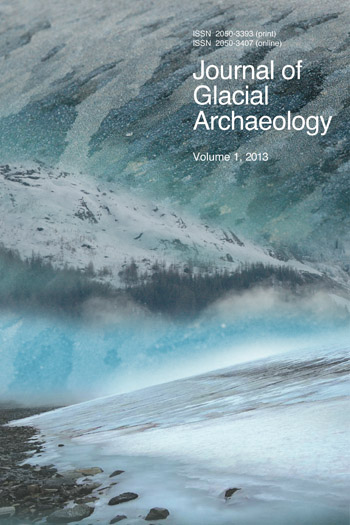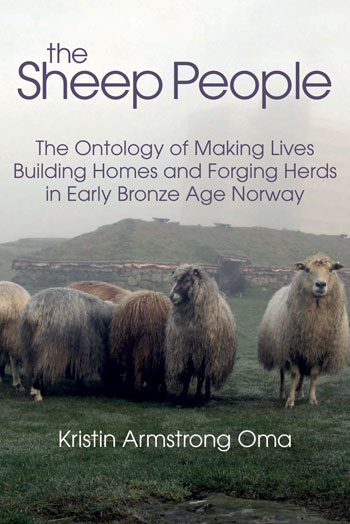Archaeological Perspectives on Hunter-Gatherer Landscapes and Resource Management in Interior North Norway
Marianne Skandfer [+–]
Tromsø Museum – The University Museum, UIT – The Arctic University of Norway
Hans Peter Blankholm [+–]
UiT – The Arctic University of Norway
Bryan C. Hood [+–]
UiT – the Arctic University of Norway
Two volumes sold as a set only
For a century, Stone Age research on the coast of north Norway has been influential on settlement studies in the larger region. Research on Stone Age and Sámi coastal sites has brought forward central debates in the general archaeology in Fennoscandia. Our knowledge of the inland has on the other hand, been week, geographically skewed towards the larger river valleys and exhibiting major chronological gaps, the reality of which was unknown. From 2008 to 2013 the LARM project (Landscape and Resource Management) was aimed at generating new archaeological knowledge of the inland and integrating it with old, mostly unpublished, data derived from hydroelectric development projects implemented in the 1970s and 1980s. This book is the result of that effort.
The book is framed conceptually by a general approach to hunter-gatherer landscape use. This is discussed also in relation to the transition from hunting to reindeer herding among the indigenous Sámi in the region under study. Sámi landscape practices and knowledge constitute an important baseline, with circumpolar perspectives integrated. The archaeological and historical data investigated in the book range from about 7500 BC until the Early Modern period (AD 1500-1700).
Table of Contents
Chapter 1
Chapter 2
Chapter 3
Chapter 4
Chapter 5
Chapter 6
Chapter 7
Chapter 8
Chapter 9
Chapter 10
Chapter 11
Chapter 12
Chapter 13
Chapter 14
Chapter 15
Chapter 16
Chapter 17
Chapter 18
Chapter 19
£170.00 / $210.00
Institutional
£170.00 / $210.00
Vol 2 HB ISBN 9781800502659
volumes not sold individually, only as a set ISBN 9781781798171







